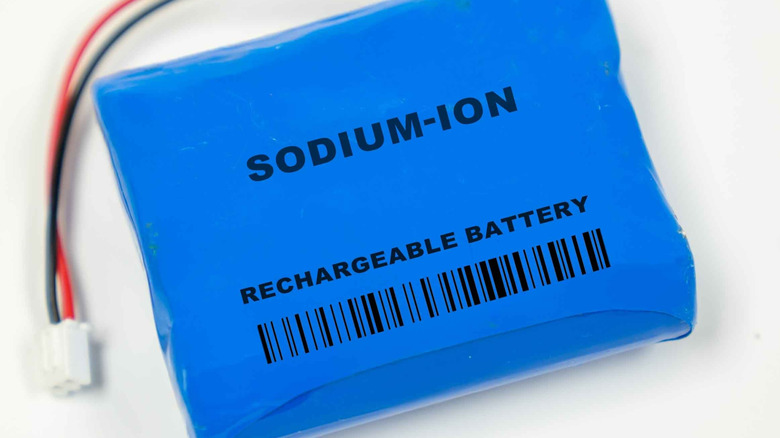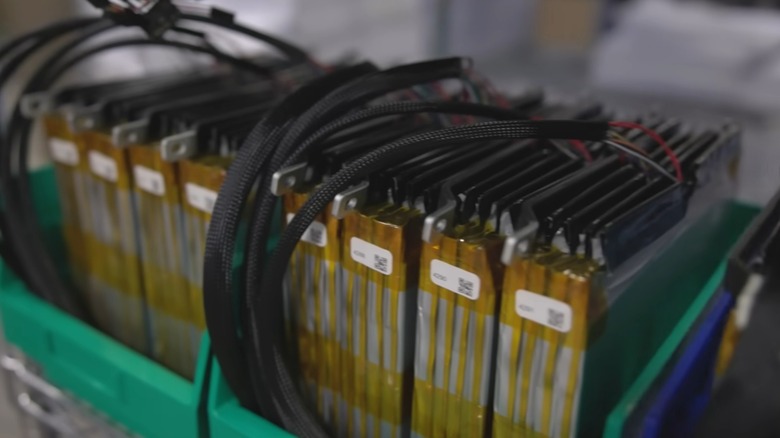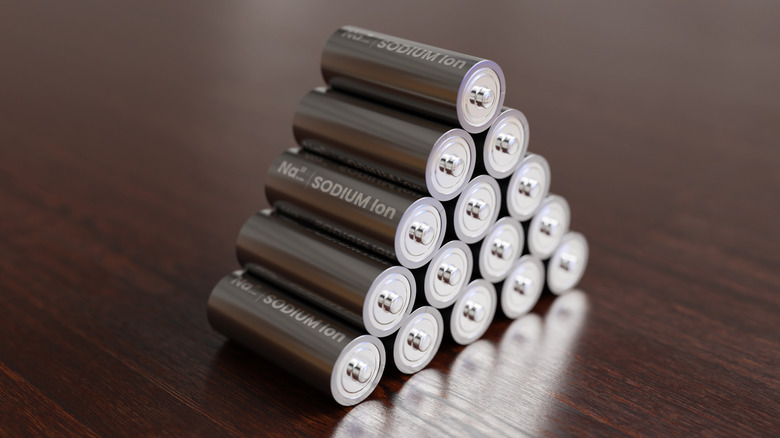What Are Sodium-Ion Batteries? (And Will They Replace Lithium-Ion Batteries?)
These days, batteries are found in just about every electronic device you could imagine. From phones to lawn mowers to cars, the items that make life in the modern world happen to do so with a battery of some kind behind them. Regardless of their use, most batteries on the market today are of the lithium-ion variety. Not to be confused with the much different alkaline batteries, lithium-ion batteries feature the movement of lithium ions through a liquid electrolyte between a cathode and anode, while the electron within the external circuit moves in the opposite direction. This generates power, allowing for all kinds of products to function.
Meanwhile, another type of battery has risen to prominence that acts very much in the same way. As the name implies, sodium-ion batteries utilize sodium salts rather than lithium to move the electrons necessary to power your device. Sodium-ion batteries also include a cathode and anode, just like their lithium-based contemporaries, in addition to a liquid electrolyte to house the sodium atoms. Overall, it may seem that these two battery types are more or less the same, and that's not entirely inaccurate. However, considering how much cheaper sodium-ion batteries are to produce than lithium-ion ones, it makes sense why they've steadily gained traction.
With that said, gaining traction isn't the same as becoming the new battery standard. Theoretically, could sodium-ion batteries replace lithium-ion batteries in the near future, firmly cementing their place among this generation's new revolutionary battery technologies?
A few factors are holding sodium-ion batteries back from replacing lithium-ion
Even though they're widely used, lithium-ion batteries have their share of problems and disadvantages. These imperfections and constant strives for innovation have led subsequent creations like the sodium-ion battery to come along, with the hope being that they could be a viable replacement down the road. Evidently, the two operate in much the same way and offer similar benefits, with the edge going to sodium-ion in the cost department. This may seem like an indicator that sodium-ion is the way of the future, but one would be remiss not to explore the battery type's downsides that hold it back from taking the top spot.
So far, one of the biggest negatives to sodium-ion batteries is their energy density. It's significantly lower than that of lithium-ion batteries, so they can't store as much energy as their far more mainstream counterparts. In a similar vein, their energy efficiency is much lower, and they don't last as long as lithium-ion batteries. Sodium-ion units also tend to come in at a lower voltage than lithium-ion while packing on more weight, too. For these major reasons, sodium-ion batteries simply aren't a completely perfect replacement for lithium-ion. If they are to become that, it'll take quite a bit of improvement and revising to get them there.
Despite these negatives, sodium-ion batteries aren't a lost cause. There are still a host of positives that make them a great alternative to lithium-ion.
What do sodium-ion batteries have over lithium-ion?
Negative attributes aside, there's a lot to appreciate about sodium-ion batteries. As stated previously, these batteries are cheaper to produce than lithium-ion batteries. That's because sodium is significantly more abundant than lithium, and as a result, these batteries could improve supply chain flow and save money for consumers in the long run. A benefit for both consumers and manufacturers alike, sodium-ion batteries are comparatively easier to recycle than lithium-ion ones. This is thanks to their lack of heavy metals, which are famously difficult and expensive to recycle.
More important than cost and manufacturing is safety. Considering the volatile nature of lithium ions, which can lead to fires or even explosions – known as thermal runaway — if exposed to high temperatures, sodium-ion batteries are much safer in comparison. They perform and protect themselves much better in temperature extremes, are measurably more resistant to overheating, and reduce the worry of thermal runaway. This is all well and good, of course, but without as massive a supply chain as the one behind lithium-ion and improvements in their major shortcomings, these positives don't mean as much as they could.
Perhaps sodium-ion batteries will rule the battery roost someday, ousting lithium-ion as the preferred variety. After all, the list of positives is quite long and certainly justifies further exploration into such technology. Still, the negatives are concerning enough, and until they're totally corrected or at least improved upon, the battery type won't quite be able to unseat lithium-ion.


